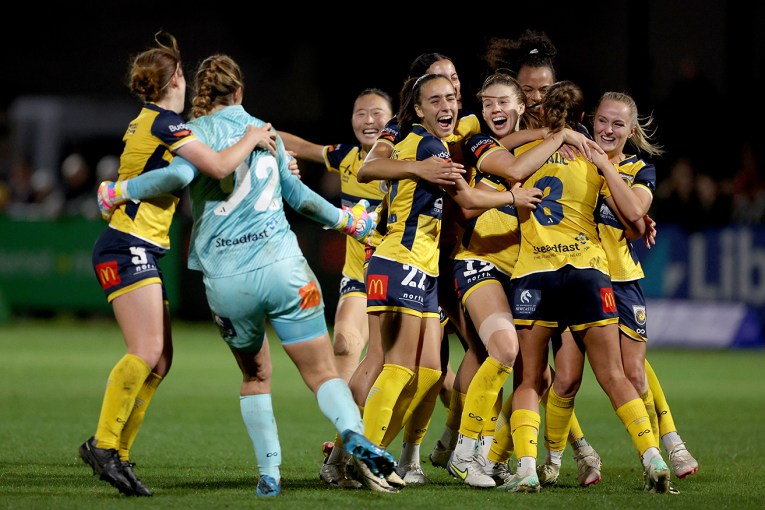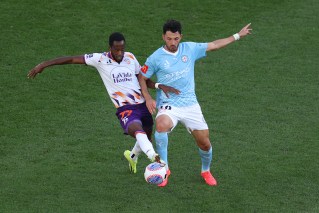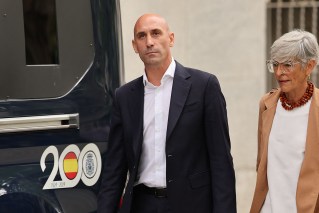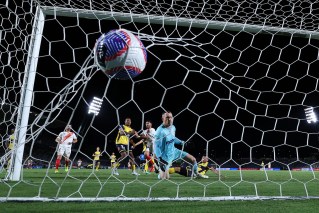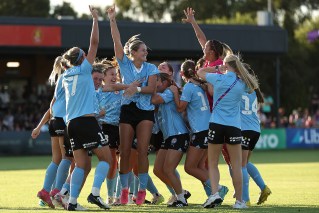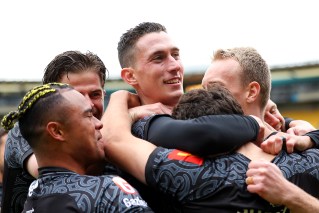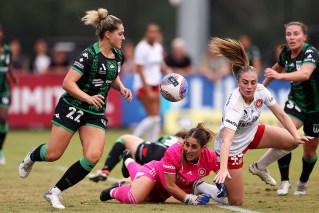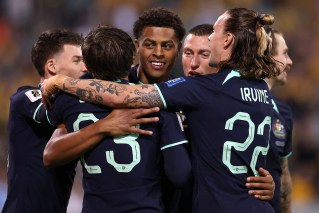Why the AFL’s attempts to create a level playing field have failed: Peter Schwab
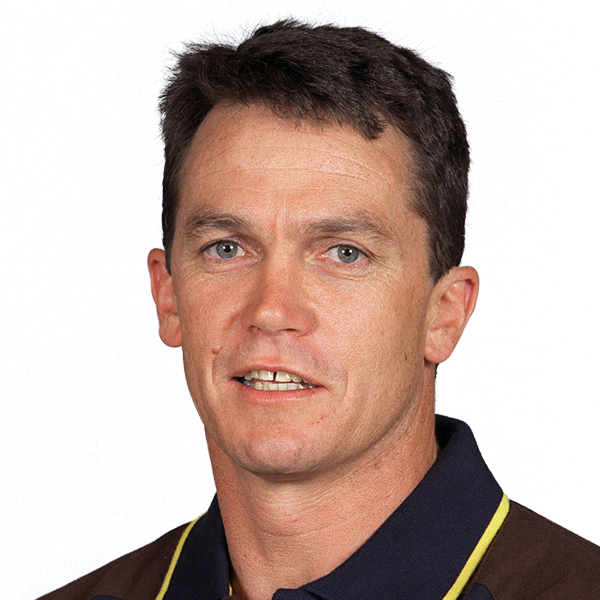
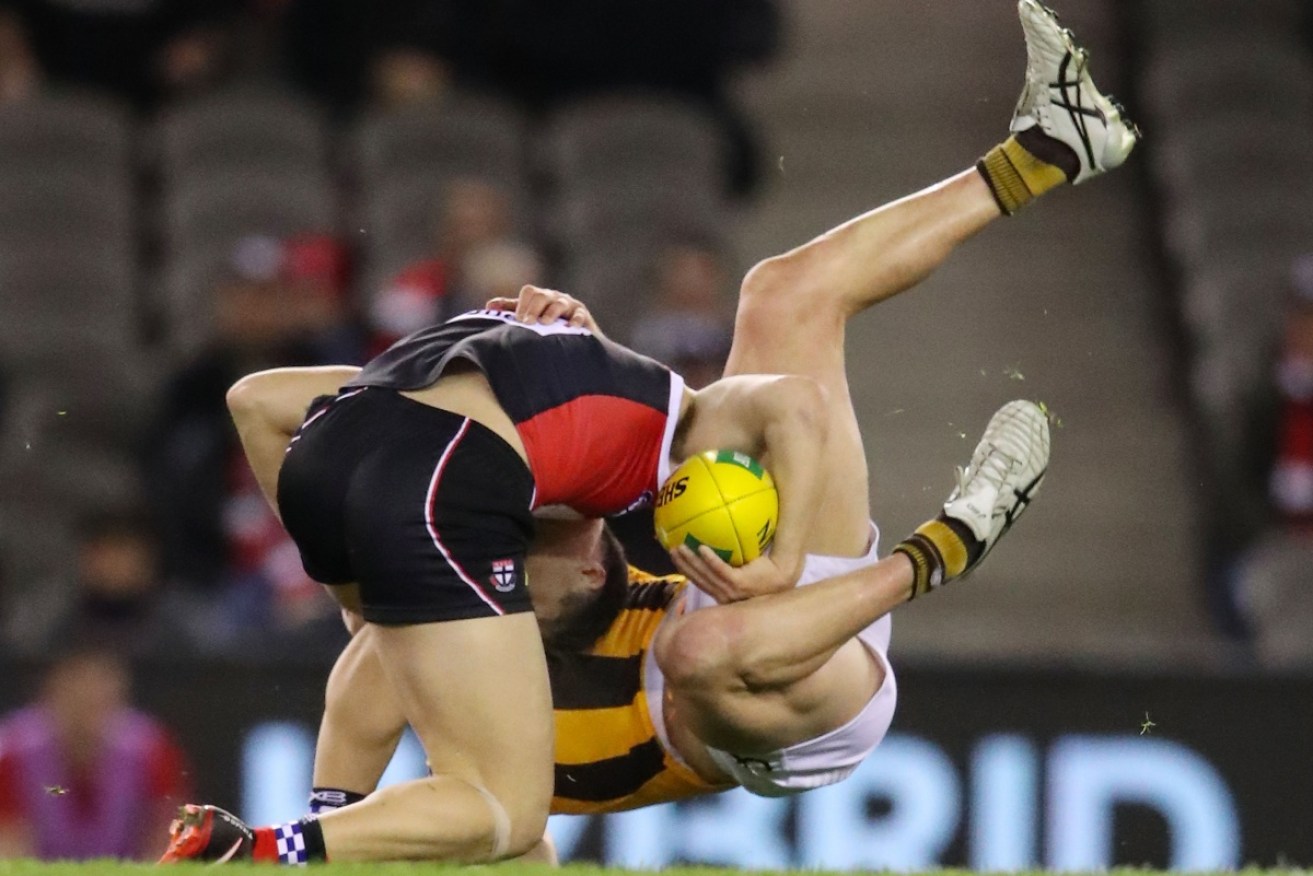
The AFL wants to create a level playing field, but the current fixture is fundamentally unfair. Photo: Getty
Attempts by AFL administrators and the commission to maintain a competition where every team has an opportunity to play finals, and hopefully win a grand final, have created conflict.
The draft has been a great way to distribute talent evenly throughout the teams. Although the aim for the stronger teams has always been to have a draft that is as uncompromised as possible.
This hasn’t been easy for several reasons. The establishment of the newest franchises in Greater Western Sydney and Gold Coast Suns clearly had to compromise the draft. That process hurt those teams who were struggling at the time as it delayed their opportunity to access high-end talent for two drafts.
The compromise of allowing New South Wales and Queensland AFL teams to establish academies to create talent in those states, which was a sound idea, still frustrated all other AFL clubs in the rest of Australia.
The AFL’s compromise was to create a bidding system on those academy players and allow the others to set up a Next Generation Academy.
Then, under the demands of the AFLPA, free agency was introduced.
While initially being an opportunity for all teams to gain access to mature talent, it has simply become a chance for the bigger and the better clubs to replenish their lists, often at the expense of the weaker and poorer-performed clubs.
There is no doubt an argument can be mounted to tell clubs they need to establish a strong culture and a strong program to make players want to stay and come to them.
Easier said than done when the bulk of players still come from one state and the number of teams in that state work hard to entice players back. Even a strong, well run, relatively successful club like Adelaide has continued to lose high-end talent.
So where is the integrity of the competition most vulnerable?
Despite what we seem to argue about all year, it is not the laws and the way we want to shape them to construct a game we think looks good – whatever that means – but need a game that maintains high attendances and strong television audiences. Although we must be careful when changing laws and the way we umpire that we don’t create issues of integrity.
The biggest integrity issue, and it is a consequence of the number of teams and the length of the season, is that we do not have everyone playing each other twice. As a result, some teams get an advantage over others.
So, a fixture that you would hope is devoid of any type of favouritism becomes by its nature the opposite. It has also become another tool in the equalisation of the AFL competition.
There is no means to achieve total equality in the fixture.
To play each other twice is not feasible, even if we shorten the game length and start earlier it can’t happen. I have argued in a previous column that we should move to a conference model to at least get a better outcome on equalisation of the fixture.
So, let’s look very quickly at what has happened this year. North Melbourne may lament missing the finals, but it did play Gold Coast Suns, St Kilda and Brisbane Lions twice, and only played a higher-ranking team like Sydney twice.
On the other hand, Collingwood has played 14 games in the regular season at the MCG, while a team like Greater Western Sydney has had just two MCG games.
